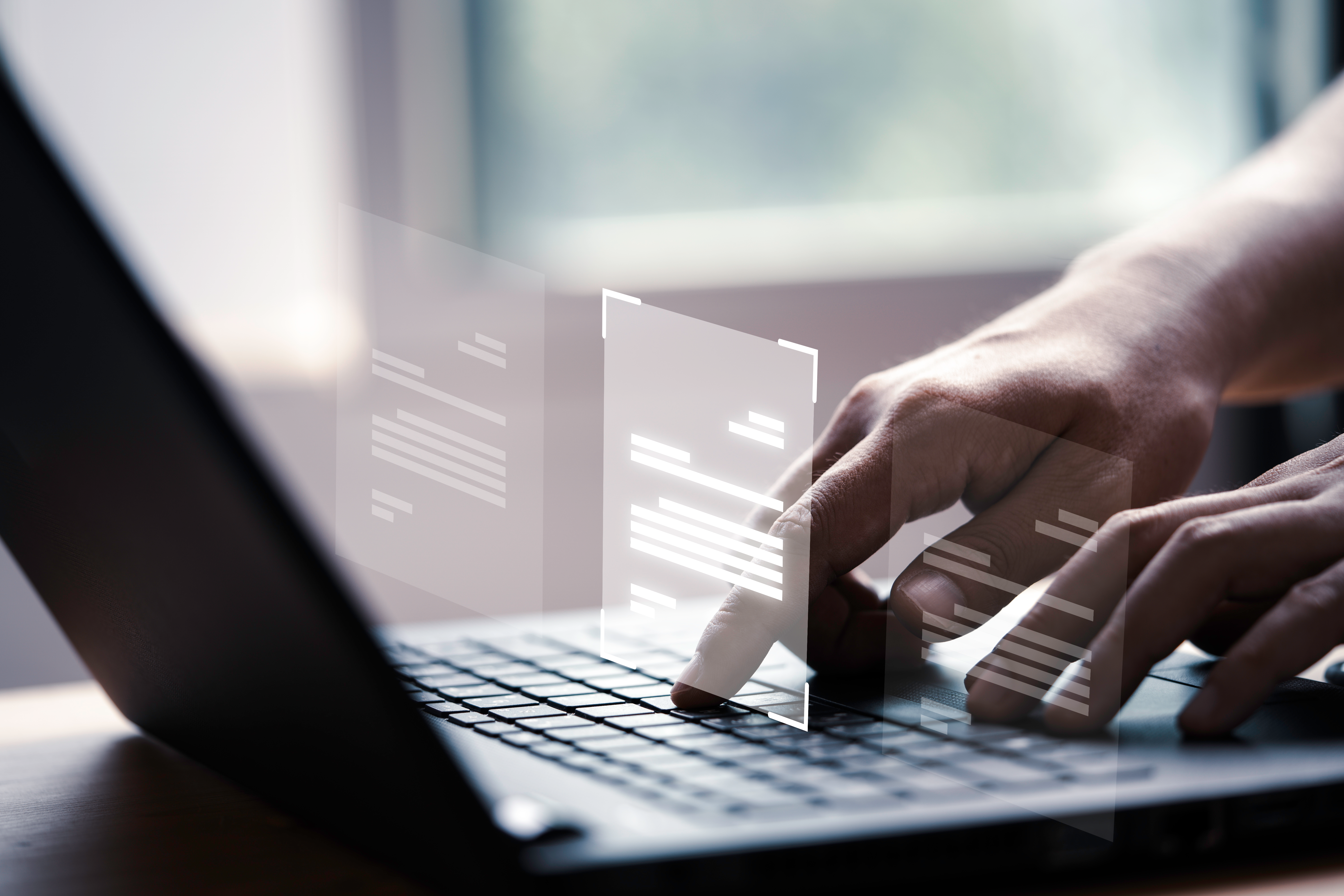Many schools continue to struggle with and adapt to the education budget crisis created by the pandemic. Districts can no longer afford the inefficient costs of manual, paper-based requisitioning, ordering, invoice reconciliation, and payment processes. Digitizing the procure-to-pay process is now a necessity if school districts are to pursue every opportunity for savings and efficiency.
What is a Procure-to-Pay Marketplace?
Procure-to-Pay refers to an organization’s operational procurement process, from requisition all the way through to payment. A procure-to-pay marketplace offers a single, seamless platform that facilitates all of the processes associated with the shop-order-pay transaction.
Organizations that have implemented an end-to-end procure-to-pay marketplace derive many benefits from their systems. To highlight just a few:
One-stop-shop. A single site that teachers and staff can access to easily requisition all the goods and services they require from approved supplier contracts
Optimize savings. Ability to identify savings opportunities in real-time to eliminate over-spending
On-contract, compliant spending. Automated tracking of expenditures per contract to ensure budget, contract, and policy compliance
Reduced overhead. Lower transaction costs by eliminating manual, paper-based procurement and payables processing
Business insight. Increased visibility and control across the entire procure-to-pay process informs and elevates management decisions
Further, a procure-to-pay marketplace eliminates the wall between procurement and accounts payable by automating the reconciliation of invoices and creating easy access to historical records that support audit requirements.
Understanding the Procure-to-Pay S-O-P
SHOP. Shopping/requisitioning is the first step in the procure-to-pay process. In this stage, buyers find the right product or utilize a three-bid process to determine product price, select the supplier, and create a requisition or shopping cart for approval.
The most efficient way to shop and create a purchase requisition is to implement a one-stop multi-vendor punchout marketplace of all district-approved suppliers and contracts. Teachers and staff can then shop across these suppliers’ catalogs to access real-time product information, and to conduct side-by-side comparisons. EqualLevel’s marketplace includes real-time search across punchout sites and an AI-powered savings advisor that checks items in the cart to suggest lower-cost identical or substitute goods.
Once a cart/purchase requisition is created, a requisition workflow is initiated. These workflows are automated and flexible, allowing them to vary between schools, departments, and in monetary value. Approvers can either accept or reject a purchase requisition after evaluating the need, verifying the available budget, and validating the purchase requisition form. Incomplete purchase requisitions are rejected back to the initiator for correction and resubmission. Approved purchase requisitions are converted into a purchase order and transmitted to the supplier.
ORDER. The next step in the procurement cycle, Order, involves processing, receiving, and distributing the product.
While leveraging a supplier punchout catalog creates efficiencies, these productivity gains can increase exponentially with the integration of purchase orders. With integrated purchase orders, districts can eliminate employees’ time spent placing orders over the phone or sending a pdf via email or fax. Also eliminated is the possibility of data entry and re-keying errors by the supplier. Data is seamlessly transferred and required fields are automatically populated during PO creation.
One of the biggest benefits of integrated POs is the reduction in order processing time. The POs are submitted directly to the supplier’s fulfillment system via XML (Extensible Markup Language) or EDI (Electronic Data Interchange) where orders are then picked, packed, and shipped.
PAY. This last phase of the procurement process, Pay, lets organizations maximize the benefits of procure-to-pay automation. Suppliers are able to submit invoices electronically, which boosts financial accuracy and processing efficiencies.
Once a goods receipt is approved, a three-way match between the purchase order, the vendor invoice, and the receipt of the good is performed. If no discrepancies exist, the invoice is automatically approved and an okay-to-pay notification is sent to the finance team for payment disbursement. A common frustration for districts processing invoices is missing or incorrect information that often requires valuable time spent hunting down the correct data. If inaccuracies are present, the invoice can be automatically rejected back to the supplier along with the reason for rejection.
Finance and Accounts Payable Departments want to ensure vendors are billing properly and every order contains the necessary data to reconcile. Integrated invoicing via XML facilitates information accuracy, consistency, and completion. As a result, payments go out the door more quickly.
More dollars for instruction.
School administrators need all the resources available to ensure their students are successful. Spending more than necessary on transactions or inefficient systems eats away hard dollars that could have been focused on expanding mission-centric educational programs.
With a proven ROI for school districts ranging from 2,000 to 200,000 students, the EqualLevel Marketplace will help your schools extend their budgets and make the most of every instructional dollar.












